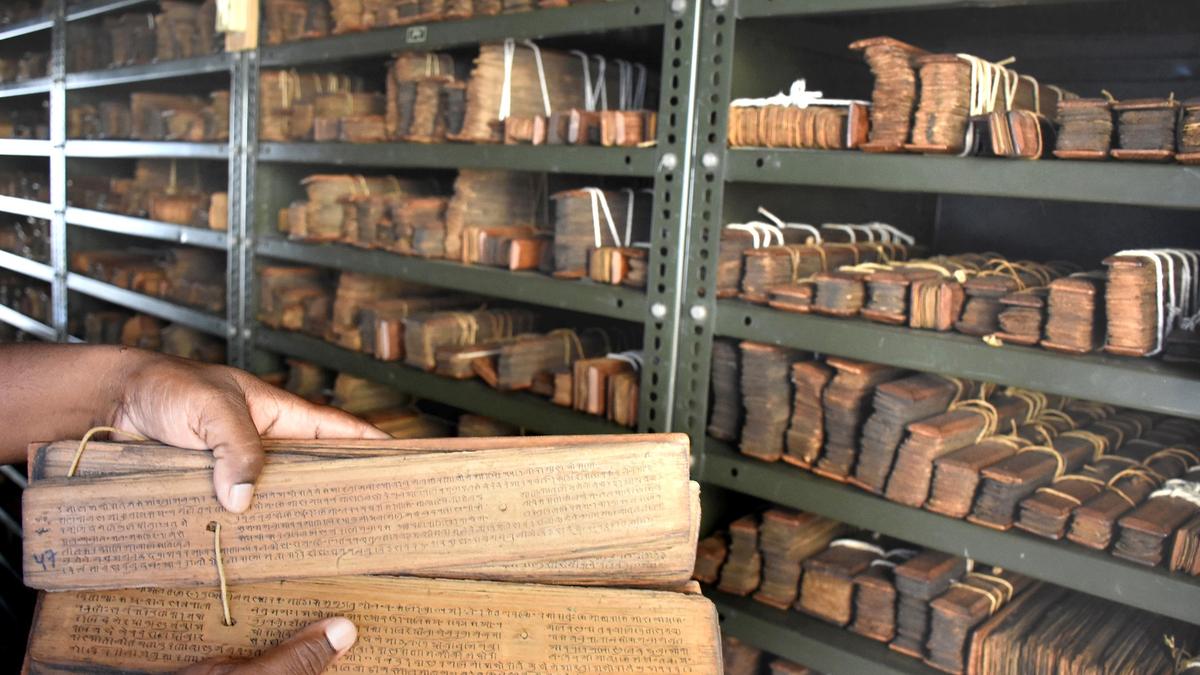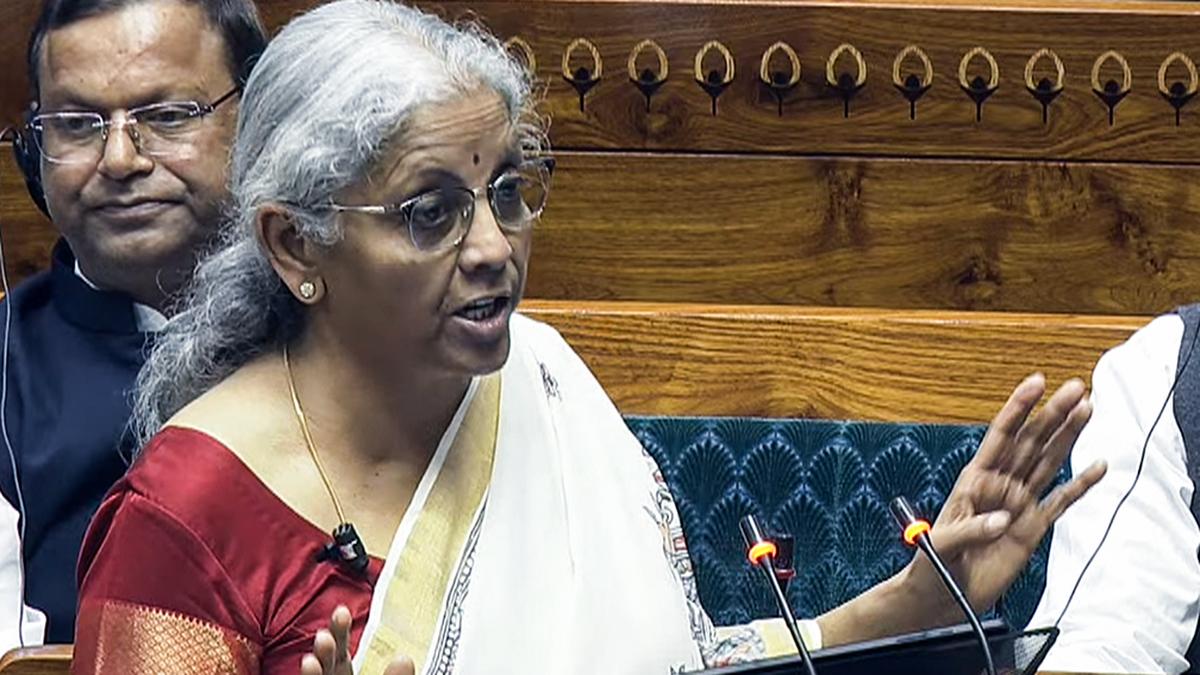Gyan Bharatam Mission

- 19 May 2025
In News:
Prime Minister Narendra Modi will launch the revamped National Manuscripts Mission, which was announced in the Union Budget earlier this year, on June 9.
Key Highlights:
- Implementing Body: Ministry of Culture, Government of India
- Earlier Version: National Manuscripts Mission (est. 2003), under Indira Gandhi National Centre for the Arts (IGNCA)
- Objective:To survey, document, conserve, and digitize over one crore (10 million) Indian manuscripts located in academic institutions, libraries, museums, and private collections.
Key Features
- Massive Coverage: Targets over 1 crore manuscripts, making it India’s largest manuscript preservation project.
- Digital Repository: Creation of a National Digital Repository of Indian Knowledge Systems to ensure accessibility for researchers and the public. Includes AI-powered tools for metadata tagging, translation, and archiving.
- Modern Techniques: Uses advanced scientific conservation methods, including AI and 3D imaging.
- Collaborative Model: Engages academic institutions, libraries, museums, private collectors, and international bodies.
- Budgetary Support: Budget raised from ?3.5 crore to ?60 crore, with a total outlay of ?482.85 crore for 2024–31.
Background and Need
- The earlier NMM (2003) made limited progress. Out of 52 lakh manuscripts surveyed, only 3 lakh titles were digitized, and only 70,000 are currently viewable due to lack of access policy.
- 80% of manuscripts in India are privately owned, underscoring the need for public-private collaboration.
- Over 9 crore folios have been conserved (preventive and curative) in the last two decades.
What is a Manuscript?
A manuscript is a handwritten document (on paper, palm leaf, birch bark, etc.), at least 75 years old, and of historical, scientific, or artistic significance.
Example: The Bakhshali Manuscript (3rd–4th century BCE) is a key Indian text on mathematics, featuring the earliest known use of the symbol for zero.
Gyan Bharatam Mission

- 06 Feb 2025
In News:
The Union Budget 2025–26 announced the launch of the Gyan Bharatam Mission, a significant cultural initiative aimed at the survey, documentation, digitization, and conservation of over one crore manuscripts across India.
Key Details:
- A special national mission focusing on India’s manuscript heritage preserved in:
- Academic institutions
- Libraries
- Museums
- Private collections
- Objective:
To document and conserve more than one crore manuscripts, centralize them into a national digital repository, and make them accessible to researchers, students, and institutions globally. - Significance:
- Facilitates knowledge-sharing through digitization.
- Promotes India's traditional knowledge systems.
- Enhances academic and historical research in the Indian knowledge domain.
What is a Manuscript?
- A manuscript is a handwritten composition on materials such as:
- Palm leaf, paper, cloth, bark, or metal.
- Must be at least 75 years old and possess scientific, historical, or aesthetic value.
- Printed texts and lithographs are not considered manuscripts.
- Manuscripts may exist in hundreds of languages and scripts, e.g.:
- Sanskrit manuscripts written in Devanagari, Grantha, Oriya, and other scripts.
- Unlike epigraphs or official records (firmans, revenue documents), manuscripts hold knowledge content, not just historical data.
National Manuscripts Mission (NMM)
- Launched in 2003 under the Ministry of Culture, operated through the Indira Gandhi National Centre for the Arts (IGNCA).
- Mandate: Identify, preserve, and make accessible India's manuscript wealth.
- Revival: The 2025–26 Budget seeks to rejuvenate NMM to implement the Gyan Bharatam Mission effectively.
Budgetary Provisions
- NMM allocation increased from ?3.5 crore to ?60 crore for FY 2025–26.
- Culture Ministry overall allocation:
- ?3,360.96 crore, up from a revised estimate of ?3,260.93 crore.
- Other Key Allocations:
- Archaeological Survey of India (ASI): ?1,278.49 crore
- National Libraries and Archives: ?156.55 crore
- Museums (National Museum, NGMA): ?126.63 crore
- Note: Allocations for centenary events, cultural collaborations have been reduced.
